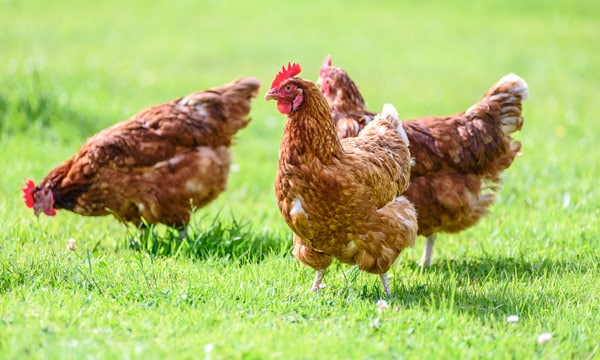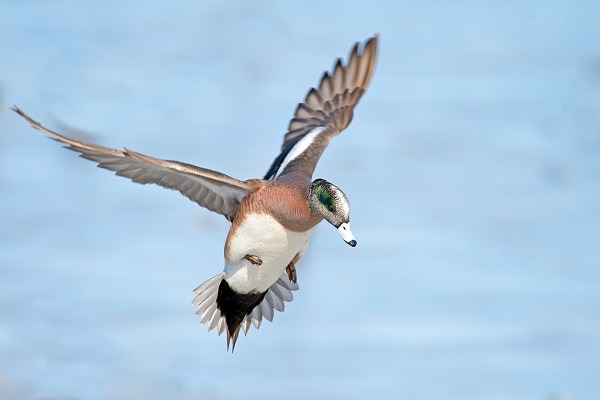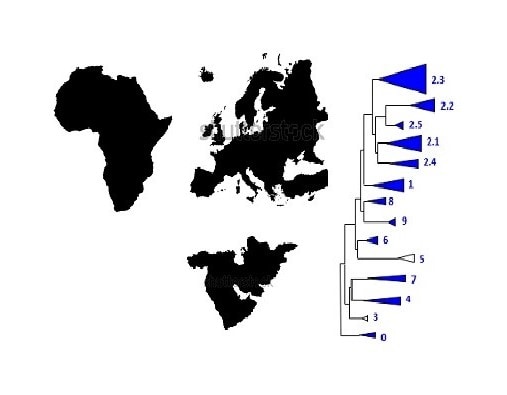Highlights in the History of Avian Influenza (Bird Flu) Timeline – 2000-2009
2000s
The below timeline gives a summary of significant HPAI and LPAI outbreaks in birds, infections in people, and events from 2000-2009.

2002
- Although there are reports of HPAI virus outbreaks in South America during the early 1900s, it was not until 2002 that the first HPAI bird flu virus was detected on this continent. In May 2002, an LPAI H7N3 virus was isolated from commercial poultry in Chile. In June, an HPAI virus of the same subtype was obtained from the same flock28.
- Also in 2002, one human case of LPAI H7N2 virus infection was identified in the United States29, 30.

2003
- February 2003, HPAI H7N7 virus caused outbreaks in layer farms in the Netherlands, affecting around 28% of the total national chicken population. This outbreak in poultry was also associated with 89 human cases, 1 of which with fatal outcomes5,31.
- In December 2003, HPAI H5N1 viruses re-emerged in Asia in wild birds, causing outbreaks in poultry and two fatal human infections in Hong Kong32,33,34.
2004
- Between February and May 2004, an outbreak of bird flu due to an H7N3 virus occurred among poultry in Canada. Within days, the virus causing this outbreak had changed from low to high pathogenicity. There were two human cases identified, both with very mild illness35, 36: One case was infected with a LPAI virus, and one case was infected with a HPAI H7N3 virus37, 38.
- Additionally, another human case of HPAI H7N2 virus infection was identified, but findings were not published until 201239, 40.
- Reports of detections in poultry followed from Japan, Hong Kong, Thailand, Cambodia, Lao PDR, Indonesia, China, Malaysia from January-August 2004 with sporadic human infections of varying severity reported41.
- In 2004, the United States experienced a poultry outbreak of a North American lineage HPAI H5N2 virus that was restricted to one farm.
- This outbreak was reported in a flock of 7,000 chickens and was the first outbreak of HPAI virus in the United States in 20 years42.
2005
- From 2003-2005, wild birds spread HPAI H5N1 virus to poultry in Africa, the Middle East and Europe, and the HPAI H5N1 virus’s HA surface protein diversified into numerous clades (related groups), and viruses reassorted into multiple genetic lineages (genotypes) that were detected around the world5,41.
2009
- In the spring of 2009, a novel influenza A H1N1 virus emerged in humans. It was detected first in the United States and spread quickly across the United States and the world. This new H1N1 virus contained a unique combination of swine, avian and human influenza genes not previously identified in animals or people. This virus was designated as influenza A (H1N1)pdm09 virus10.

